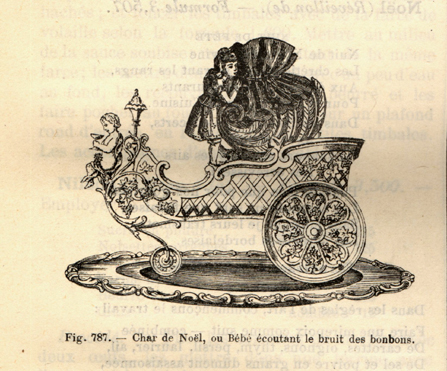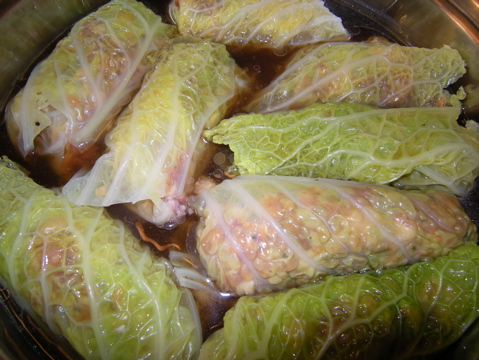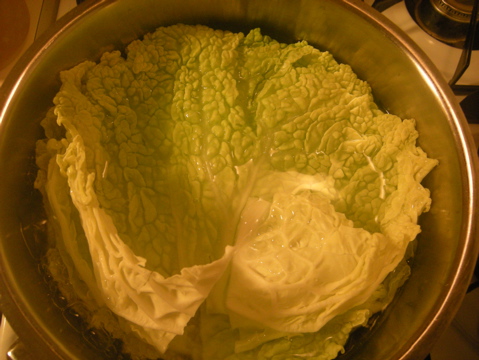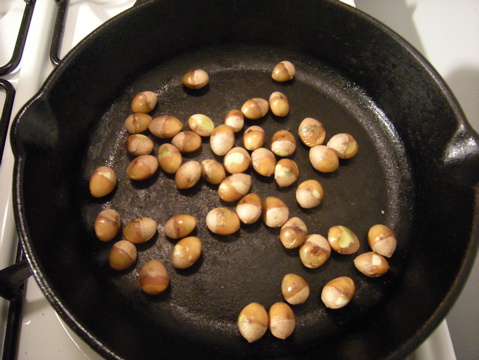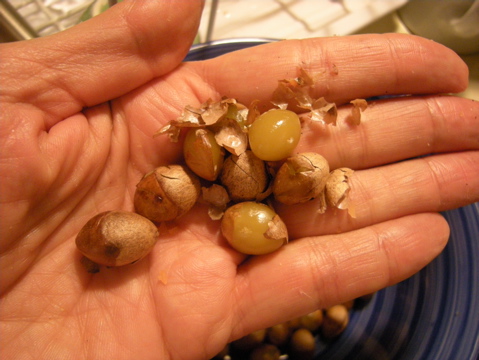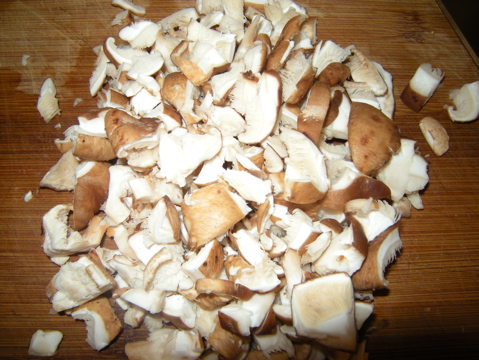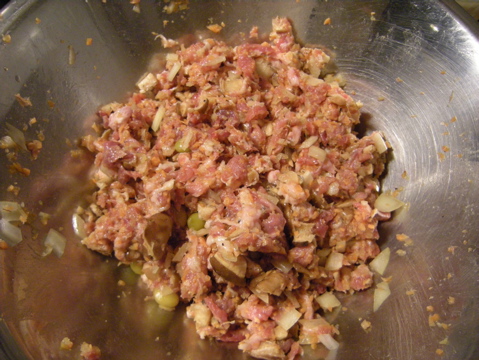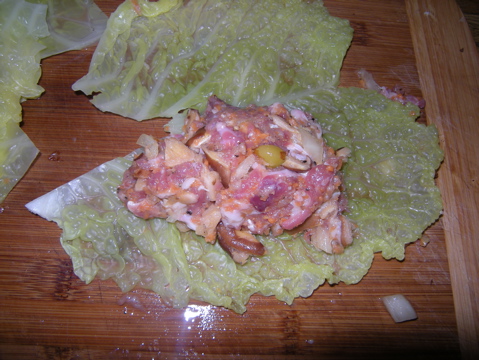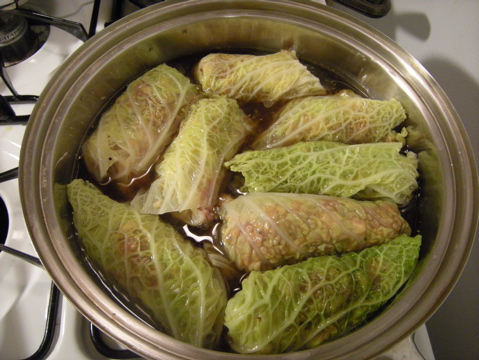An announcement from the Poetry Project:
Is there a better place to be on New Year’s Day in New York City? Please join the Poetry Project for our benefit, the 35th Annual New Year’s Day Marathon Reading! Ron Padgett will kick us off at 2pm and about 140 performances will lead us into the euphoric early morning. Other things to look forward to: Nicole Peyrafitte making crepes in the Parish Hall, pierogis from Veselka, an abundance of newly donated small press poetry books, and of course, charming and well-dressed hosts.
Note that our office will be closed the week of the 22nd. See below for complete information:
January 1, 2 PM
The 35th Annual New Year’s Day Marathon Reading
Poets and performers include Bruce Andrews & Sally Silvers, Arthur’s Landing (Ernie Brooks, Steven Hall, Yvette Perez & Peter Zummo), Vyt Bakaitis, Jim Behrle, Martine Bellen, Anselm Berrigan, Edmund Berrigan, Barbara Blatner, Justin Bond, Donna Brook, Franklin Bruno, Tisa Bryant, Peter Bushyeager, Reuben Butchart (w/ John Carroll), Steve Cannon, Yoshiko Chuma, Todd Colby, John Coletti, CAConrad, Corina Copp, Brenda Coultas, Geoffrey Cruickshank-Hagenbuckle, Mónica de la Torre, Katie Degenetesh, Barry Denny, Maggie Dubris, Douglas Dunn, Marcella Durand, Steve Earle, Will Edmiston, Marty Ehrlich, Joe Eliot, Laura Elrick, Avram Fefer, Bonny Finberg, Jess Fiorini, Corrine Fitzpatrick, Foamola, Merry Fortune, Tonya Foster, David Freeman, Ed Friedman, Joanna Fuhrman, Cliff Fyman, Drew Gardner, John Giorno, John Godfrey, Abraham Gomez-Delgado, Sylvia Gorelick, Stephanie Gray, Ted Greenwald, John S. Hall, Janet Hamill, Diana Hamilton, David Henderson, Bob Hershon, Mitch Highfill, Bob Holman, Erica Hunt, Brenda Iijima, Lisa Jarnot, Hettie Jones, Patricia Spears Jones, Pierre Joris, Erica Kaufman, Lenny Kaye, Evan Kennedy, Aaron Kiely, Paul Killebrew, David Kirschenbaum, Bill Kushner, Paul La Farge, Susan Landers, Denize Lauture, Joseph Legaspi, Joel Lewis, Rachel Levitsky, Brendan Lorber, Filip Marinovic, Susan Maurer, Gillian McCain, Tracy McTague, Taylor Mead, Jonas Mekas, Jennifer Monson, Rebecca Moore, Tracie Morris, Gina Myers, Eileen Myles, Marc Nasdor, Murat Nemet-Nejat, Jim Neu, Richard O’Russa, Akilah Oliver, Geoffrey Olsen, Dael Orlandersmith, Yuko Otomo, Ron Padgett, Julie Patton, Nicole Peyrafitte, Wanda Phipps, Kristin Prevallet, Arlo Quint, Chris Rael, Lee Ranaldo, Citizen Reno, Frances Richard, Renato Rosaldo, Bob Rosenthal, Douglas Rothschild, Thaddeus Rutkowski, Tom Savage, Michael Scharf, Harris Schiff, David Shapiro, Elliott Sharpe, Frank Sherlock, Nathaniel Siegel, Samita Sinha, Hal Sirowitz, Patti Smith, Christopher Stackhouse, Stacy Szymaszek, Anne Tardos, Cecil Taylor, Steven Taylor (w/ Debra Salvo), Susie Timmons, Rodrigo Toscano, David Vogen, Anne Waldman, Nicole Wallace, Jo Ann Wasserman, Phyllis Wat, Karen Weiser, Dustin Williamson, Max Winter, Don Yorty, Emily XYZ and more.
Become a Poetry Project Member! http://poetryproject.com/membership.php
Calendar: http://www.poetryproject.com/calendar.php
The Poetry Project is located at St. Mark’s Church-in-the-Bowery
131 East 10th Street at Second Avenue
New York City 10003
Trains: 6, F, N, R, and L.
[email protected]
www.poetryproject.com
Admission is $8, $7 for students/seniors and $5 for members (though now
those who take out a membership at $95 or higher will get in FREE to all
regular readings).
We are wheelchair accessible with assistance and advance
notice. For more info call 212-674-0910.


